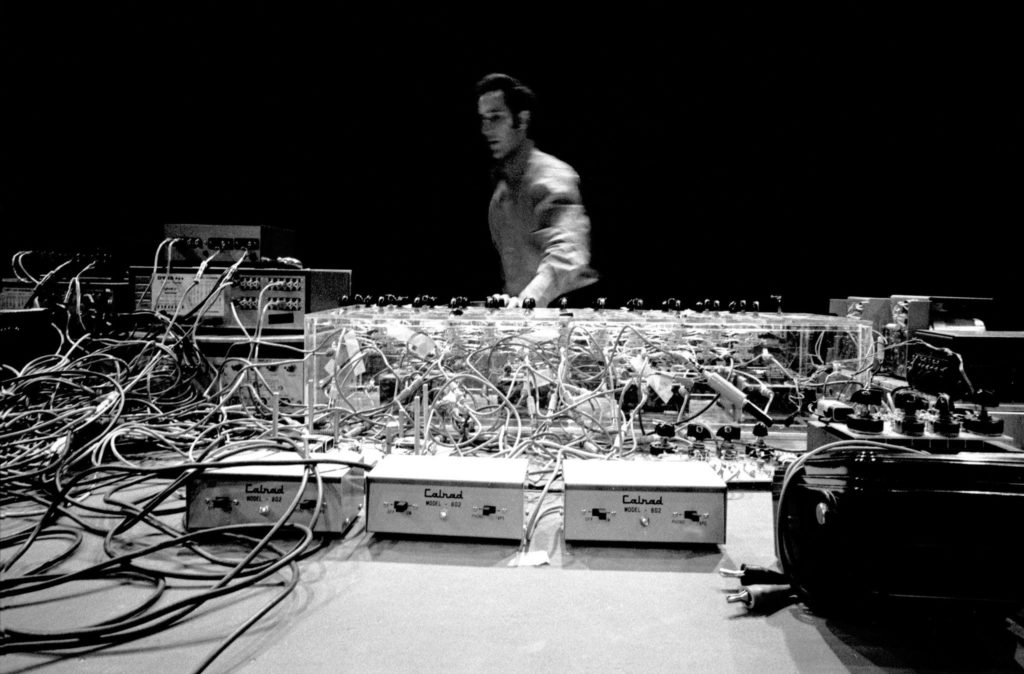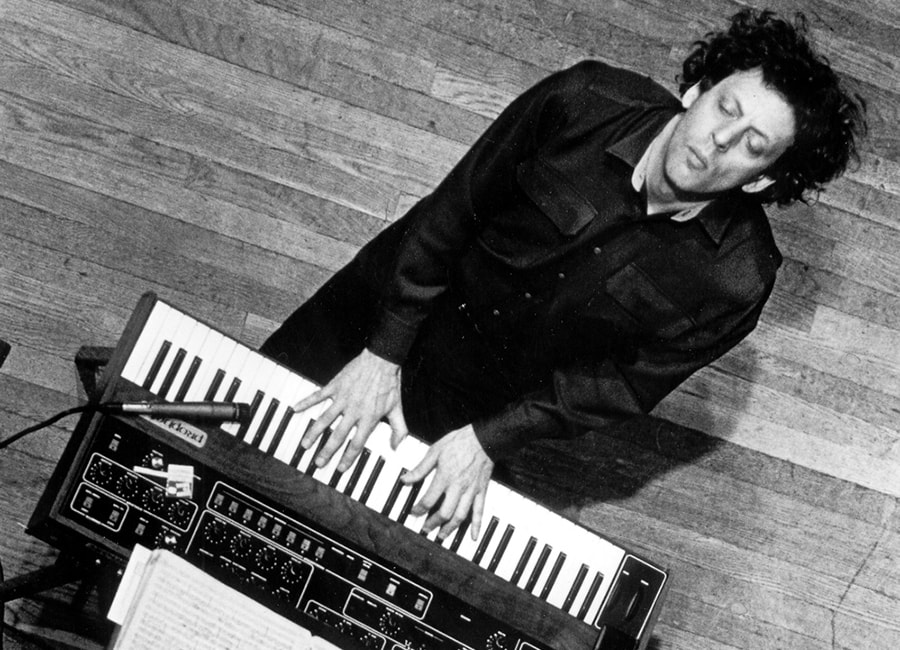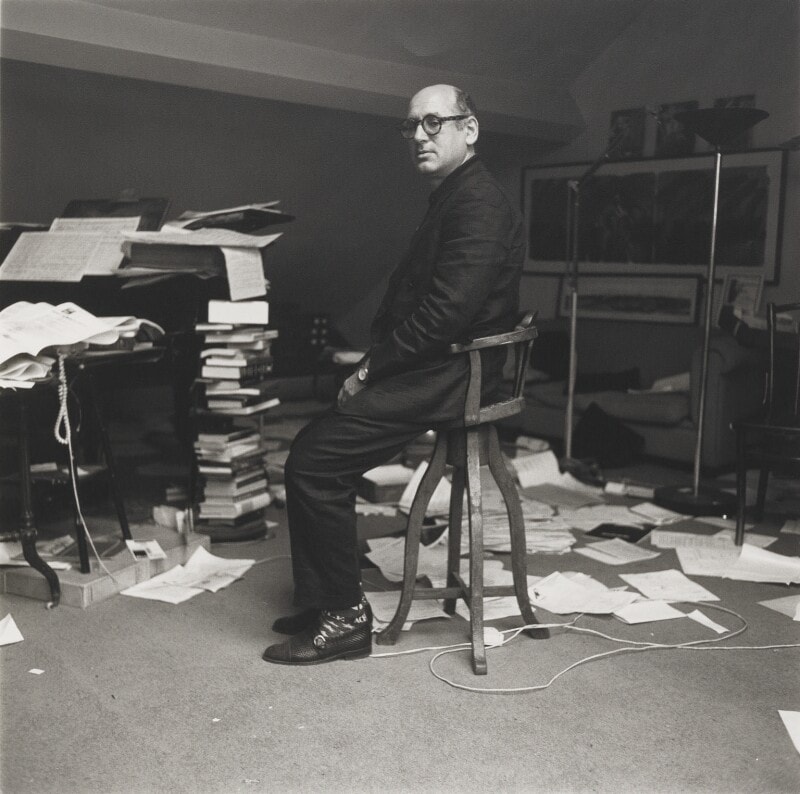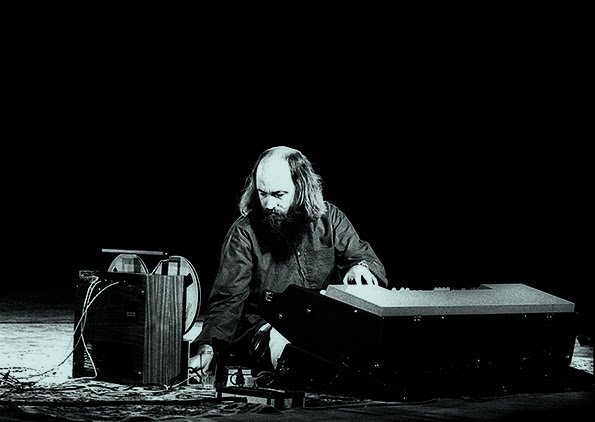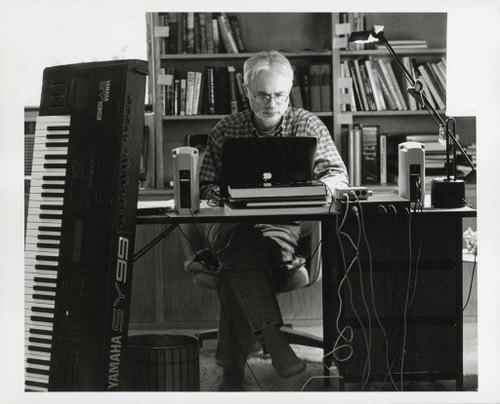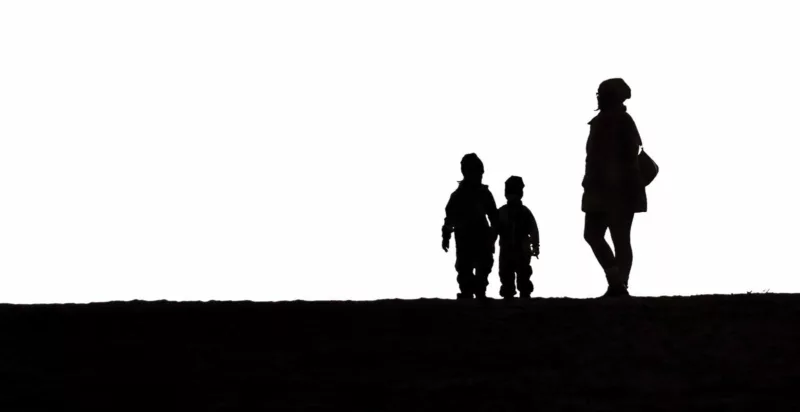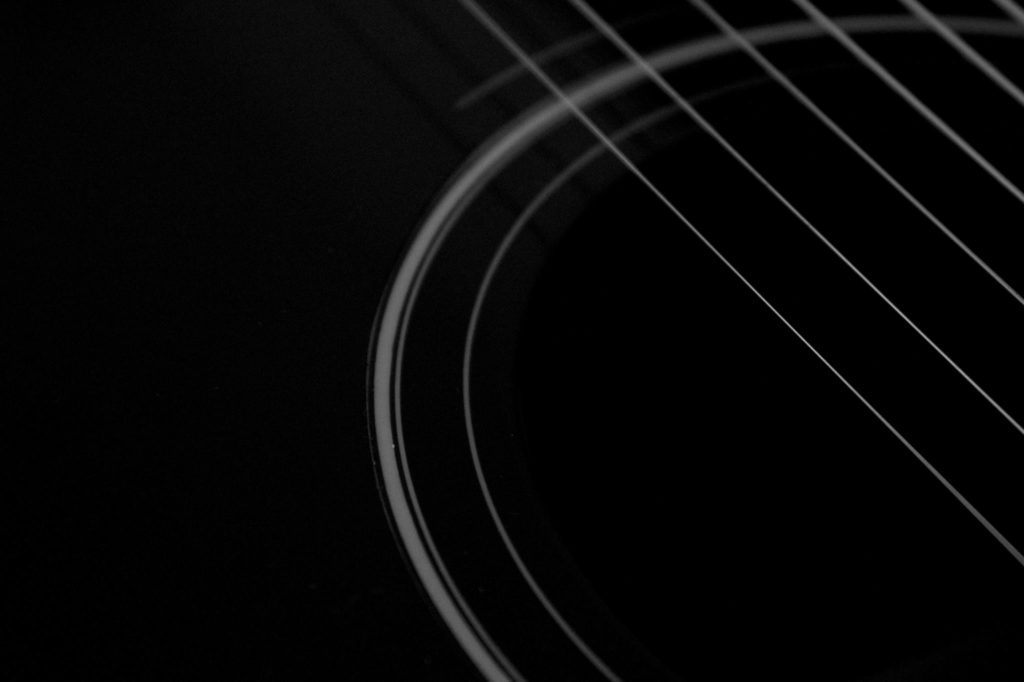
While minimalist music isn’t all you’re allowed to have on your playlist, the topic of minimalist music is one of cultural interest. Perhaps, during the journey of getting to know more about this music genre that shares a lot with your minimalist lifestyle, you’ll even find some new artists you’ll enjoy and expand your playlist!
To be able to provide you an informed “minimalist music 101”, in which you can really learn more about minimalist music, we spoke to musician and composer Javier Díaz, who kindly shared his knowledge about this topic with us.
Let’s first understand what minimalist music is.
Table of Contents
What is Minimalist Music?
Defining minimalism is quite complex since it’s a matter of musical genre. A good way to interpret musical genres is to keep the definitions open in the sense that they can change over time or, in other words, adapt.
Minimalism isn’t a static thing and it doesn’t mean the same to everyone. The minimalist lifestyle can, for one, be differently approached by distinct people with distinct needs. Likewise, minimalist music as a genre can be achieved in different manners. Artists like Steve Reich, Brian Eno, Erik Satie, La Monte Young, bands that have been labeled as minimalists such as Slint and techno/ambient bands present distinct melodies that are, still, equally minimalist.
It’s relevant to mention that minimalist music should be looked at as a genre and not a technique. The fact that people look at artists like Terry Riley, Steve Reich, Morton Feldman as minimalist artists shows that minimalism can’t be a particular technique but a genre.
Thus, minimalism isn’t defined by a specific type of sound but by a kind of undetermined feature in the sound that can’t be predicted. To Javier Díaz, minimalist music is the music that might contain a feature that’s minimal in the broad sense of the word but not necessarily structuring.
Therefore, drone music [like SUNN O)))] can be minimalist, techno music can be minimalist, post-rock can be minimalist, and so on. It’s important to consider how and where you listen to what’s considered minimalist music since the act of listening is of some relevance in this matter.
This approach can be seen as controversial by some because it might cause confusion: what’s widely considered as minimalist music might be seen as not minimalist in some ways. For example, Steve Reich has compositions that are quite complex.
This is why, as mentioned above, when it comes to music, definitions are a tricky matter. It’s better, simpler, and more adequate to use “open definitions.”
So, in order to consider a song as entirely minimalist, what’s expected is that the song focuses on some musical feature that’s minimal beyond the sonorous realm.
When did Minimalist Music Start?

Minimalist music appeared before the term “minimalist” was linked to the world of music. For example, Erik Satie was already creating music with minimalist traits before the term was recognized. In this sense, vocal harmony respective to different cultures can be interpreted as minimalist, being that it’s minimal in several aspects. However, there’s the conundrum of whether it’s correct to call these artists and projects minimalist artists since the concept of minimalist music still hadn’t been acknowledged.
Officially, minimalist music appeared in the early 1960s. It started as a branch of modern classical music developed in New York by composers such as Reich, Philip Glass, and Terry Riley. (1)
How did Minimalist Music Appear?
Minimalism is born as a reaction to another movement, making it a countermovement. In the 1950s, there’s a broad development in complex compositions of academic nature characterized by chance and serialism; electronic music was grounded on mathematical studies. Creating music was, thus, a complex process.
Minimalism, then, comes up as a response to the complex type of composition and production that was once the norm. Currently, minimalist music has gained popularity and it’s finding its place among the most known and preferred musical genres.
Despite minimalism being a reaction, personal taste is also very relevant. For example, the work of La Monte Young goes about a lot of sound experiments that aren’t planned to be a reaction or response to any other movements but rather spiritual quests.
So, it’s clear that minimalist music can both be a reaction to other movements and a matter of personal taste.
How did Minimalist Music Evolve and What is it Today?
Minimalist music is so varied and plural that it’s hard to determine if it has indeed evolved.
Some aspects have changed since minimalist music started, like its popularity (a factor that’s not related to sound, but it’s still related to music). This has allowed the employment of the concept of minimalism beyond its academic cradle, which gives a chance for popular music to be also considered minimalist.
This is something that couldn’t have taken place without the element of time. The versatility of the concept of minimalism allows us to visit modern music like the drone genre or the ambient genre characterized by the musical language of popular music (sound-wise). That being said, the tangible evolution of minimalist music is the popularization of the concept and, thus, of minimalist tracks.
Most Famous Composers of Minimalist Music

Steve Reich 
Philip Glass 
Michael Nyman 
Terry Riley 
John Adams
According to BBC Music’s “A Minimal Guide to Minimalism”, the most famous composers are:
- Terry Riley
- Steve Reich
- Philip Glass
- Michael Nyman
- John Adams
Terry Riley is best known for his composition In C and his 1969 album A Rainbow in Curved Air. These works are considered landmarks of minimalism and have influenced other genres.
Steve Reich’s recording Music for 18 Musicians helped entrench minimalism as a movement.
Philip Glass and Michael Nyman created soundtracks for several movies, such as The Hours and The Piano, respectively.
John Adams is best known for his orchestral work. He has written five operas, notably Nixon in China, in 1987. He has received many awards such as the Pulitzer and several Grammy Awards.
Final Notes
Despite the complexity of defining minimalist music, it’s clear that we should definitely give it a try – something beautiful may be hidden in the midst of the minimalist musical waves.
If you have any questions, go ahead and leave a comment!

